1st International Workshop on Computational and Theoretical Nanoscience
-
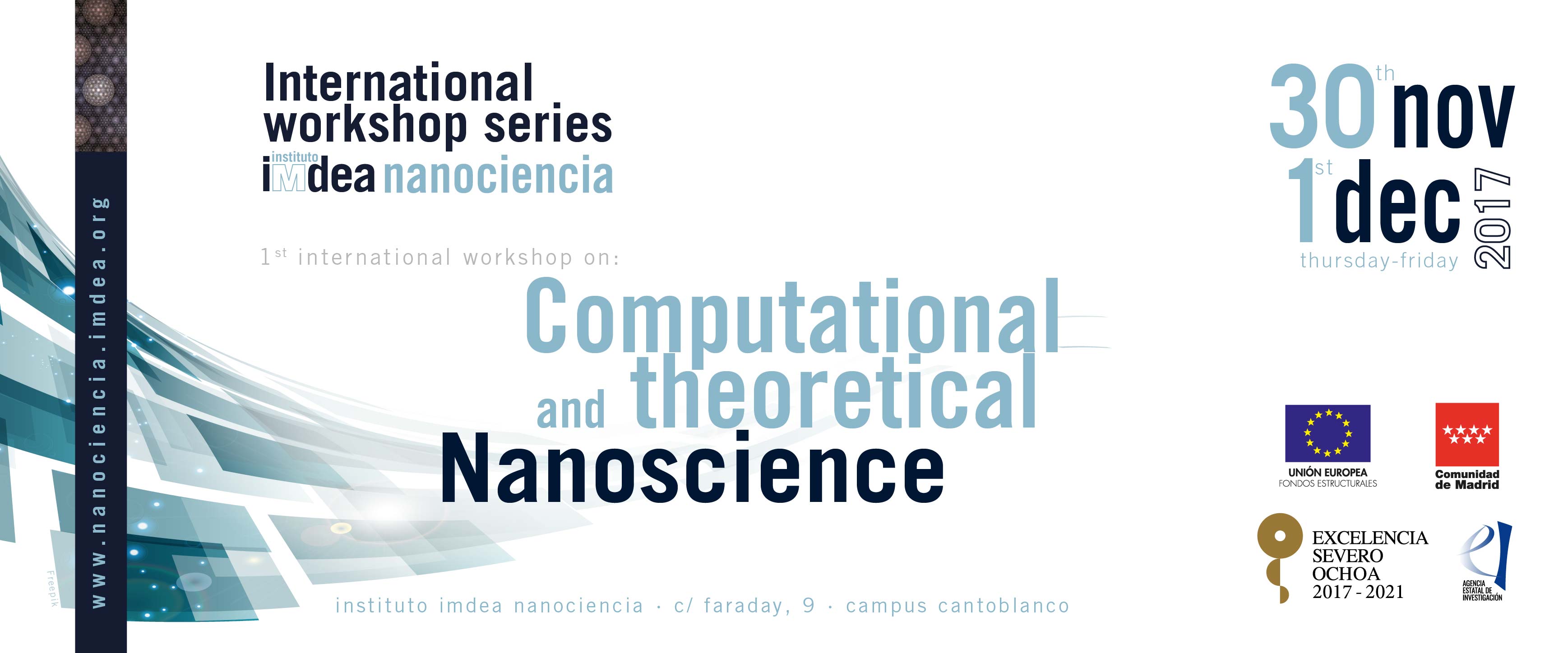
International Workshop Series of IMDEA Nanociencia
Dear Colleagues:
IMDEA Nanociencia is delighted to announce the launching of the International Workshop Series, a set of workshops that will be held in the facilities of IMDEA Nanociencia every 3-6 months with a duration of 1-2 days. The workshop is conceived in the framework of the Severo Ochoa Centre of Excellence. Each series will be focused in a certain field related to Nanoscience & Nanotechnology and world leading experts will be invited over to give a seminar and participate in round tables.
The aim of the workshop is to provide an insight to the latest investigations, foster/strengthen research collaborations in this field, and to exchange knowledge in an active manner. The workshop also brings the opportunity both to experienced and early-stage researchers to listen to high-level advances in a specific topic. The scientific committee of each series will be comprised by IMDEA Nano researchers with interest and experience in the specific topic selected.
The first workshop of the series, entitled “Computational and Theoretical Nanoscience”, will take place on the 30th Nov. and 1st Dec. The scientific comittee in this first edition is formed by Prof. F. Guinea, Prof. F. Martín and Prof. R. Miranda.
We are looking forward to your attendance. To inscribe, please use the form under the tab “Registration”. Registration is mandatory to all attendees.
The organizing committee,
Dra. E. Alonso
Dra. Mª.J. VillaSponsors
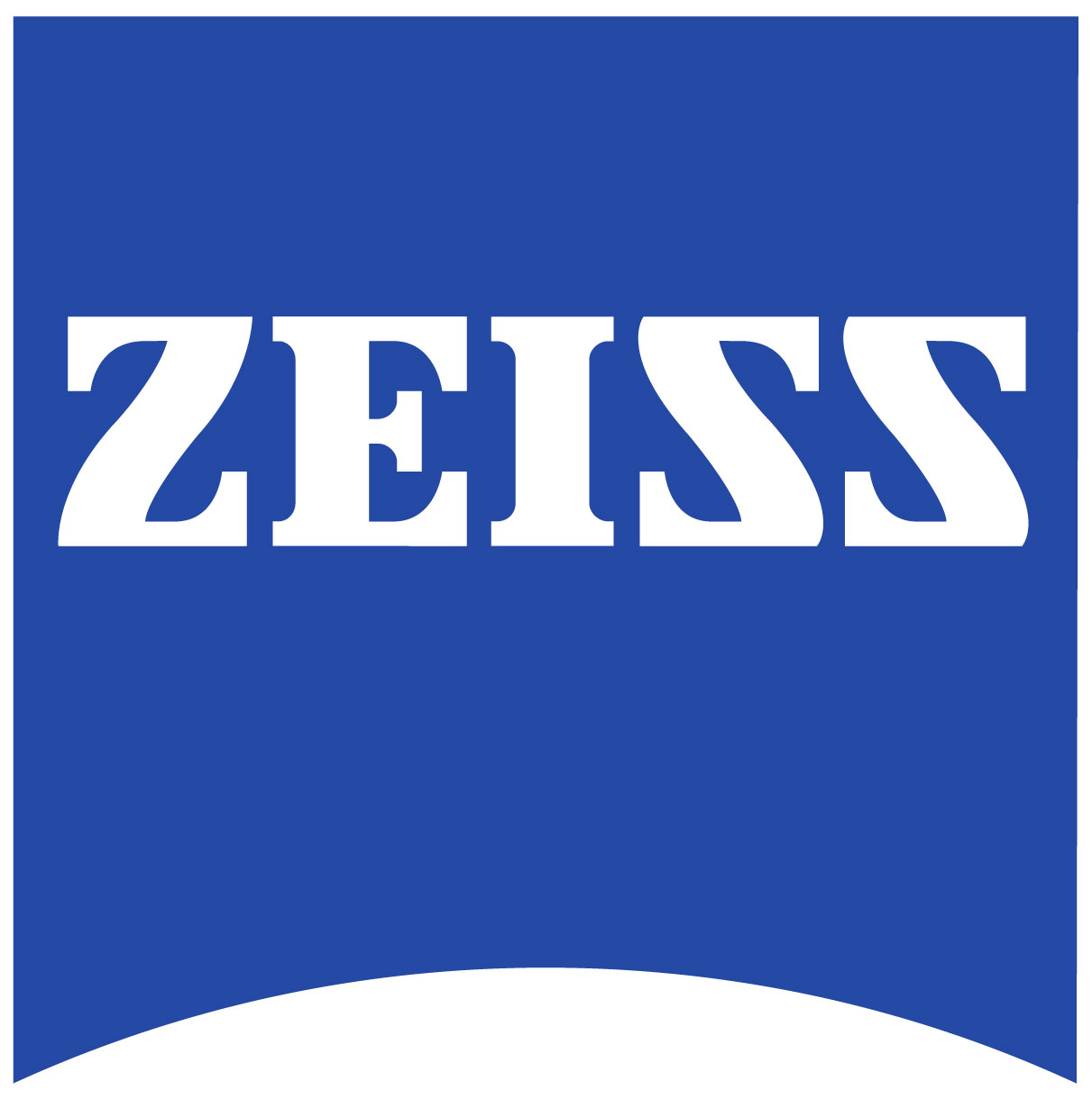
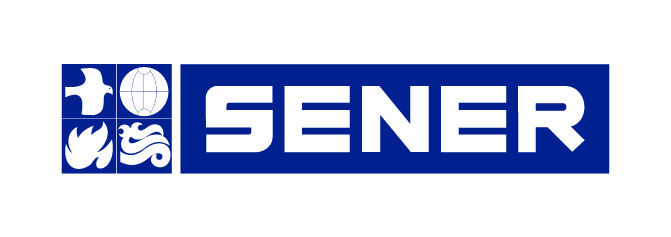

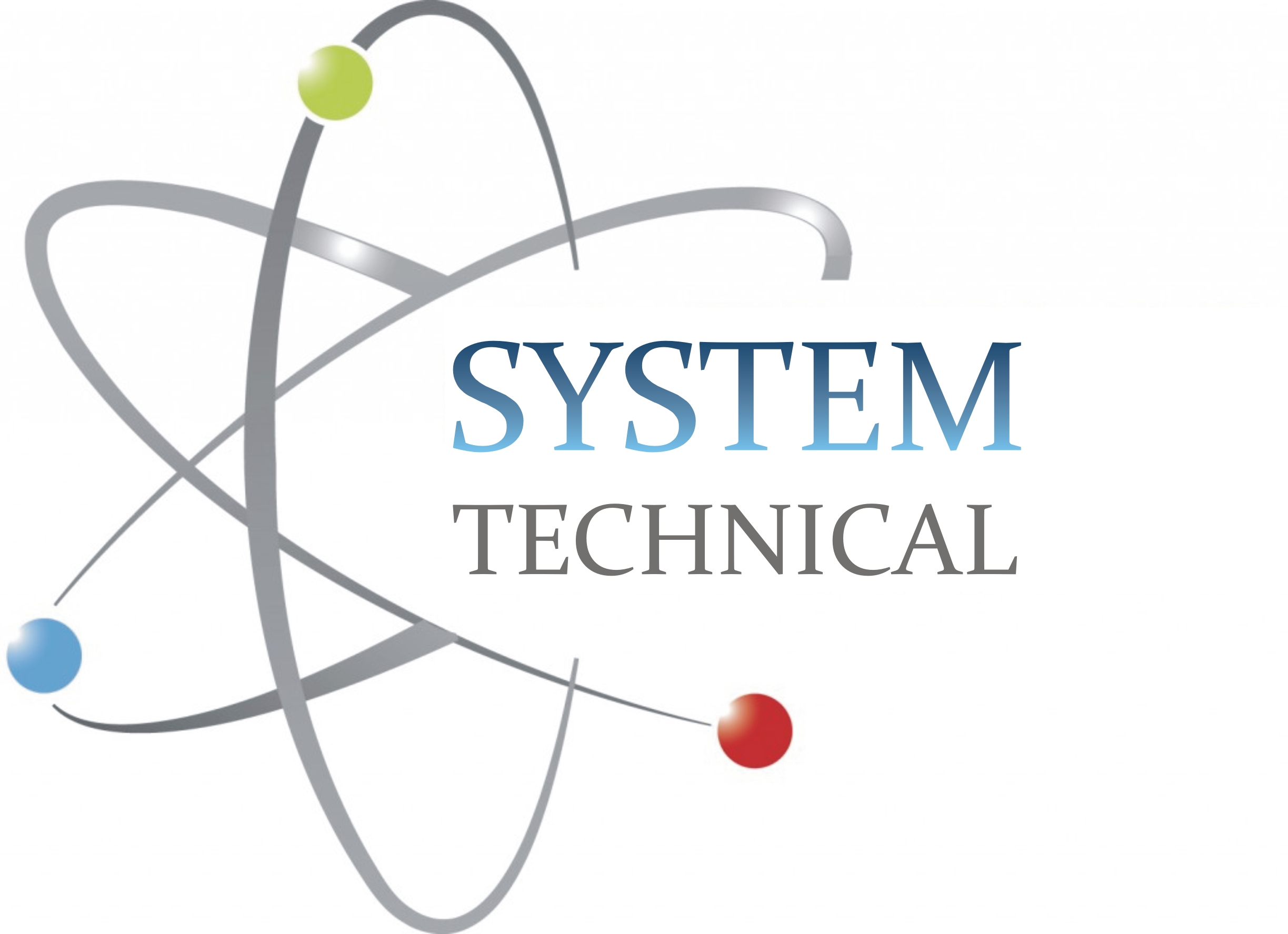
Aknowlegments

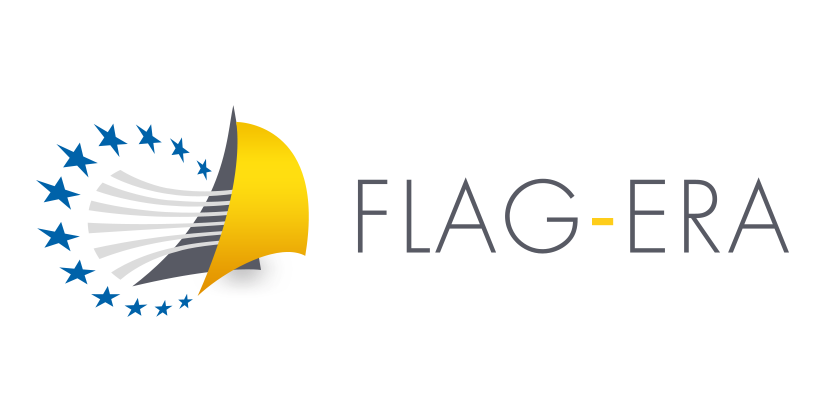

1st International Workshop on Computational and Theoretical Nanoscience
2nd International Workshop – Frontiers in Chemistry of Molecular Materials
-
SCIENTIFIC COMMITTEE
- Prof. Rodolfo Miranda (IMDEA Nanociencia),
- Prof. Francisco Guinea (IMDEA Nanociencia),
- Prof. Fernando Martin (IMDEA Nanociencia),
ORGANIZING COMMITTEE
- Dr. Maria Jesus Villa (IMDEA Nanociencia),
- Dr. Elena Alonso (IMDEA Nanociencia)
- Prof. Daniel Granados (IMDEA Nanociencia)
-
Abstracts
From Majorana bound states to topological quantum computation.
Prof. Felix von Oppen
Freie Universität Berlin
Recent experimental progress on realizing topological superconductivity and Majorana bound states in hybrid semiconductor-superconductor nanowires has stimulated a major push towards using this system for topological quantum computation. In this talk, I will review the physics behind these efforts [1,2], outline the basics of a Majorana-based quantum computer, and describe recent ideas how to combine this topological hardware with topological software for fully fault tolerant quantum computation [3,4].
[1] Y. Oreg, G. Refael, and F. von Oppen, Helical Liquids and Majorana Bound States in Quantum Wires, Phys. Rev. Lett. 105, 177002 (2010); R. M. Lutchyn, J. D. Sau, and S. D. Sarma, Majorana Fermions and a Topological Phase Transition in Semiconductor-Superconductor Heterostructures, Phys. Rev. Lett. 105, 077001 (2010).
[2] J. Alicea, Y. Oreg, G. Refael, F. von Oppen, and M. P. A. Fisher, Non-Abelian statistics and topological quantum information processing in 1D wire networks, Nat. Phys. 7, 412 (2011).
[3] D. Litinski, M. S. Kesselring, J. Eisert, and F. von Oppen, Combining Topological Hardware and Topological Software: Color-Code Quantum Computing with Topological Superconductor Networks, Phys. Rev. X 7, 031048 (2017).
[4] D. Litinski and F. von Oppen, Braiding by Majorana tracking and long-range CNOT gates with color codes Phys. Rev. B 96, 205413 (2017).Introduction to particle methods applied for nanofluids.
Prof. Ali Ramezani
Basque Center for Applied Mathematics (BCAM)
In this talk first, the physics, mathematical modeling and key parameters of nanofluids will be addressed. They are more focused on flow in nano scale geometries, impacts on heat transfer property of nanofluids due to volume fraction, flow fields and magnetic fields. In the second part LBM (Lattice Boltzmann Methods) will be introduced. This method is based on microscopic model of the physics like molecular dynamics model and is based on Boltzmann equation. In spite of being in Lagrangian models’ category the domain needs to be clustered into so called latices. It is seen as a mesoscopic model for single phase and two phase flow simulation. In the end application of SPH (Smoothed Particle Hydrodynamics) along with MD (Molecular Dynamics) as a multi-scale method will be shown to predict nanofluids properties. This model is based on macroscopic model (Continuum model, Navier Stokes equations) but doesn’t need any grid.
Coherent control of photoemission from metallic nanotips.
Prof. Christoph Lemell
Vienna University of Technology
Nanometric needle tips give rise to optical near-fields on the nanoscale, strongly enhancing the electromagnetic field at sharp geometrical features. Field enhancement plays a key role in opening up strong-field physics to solid-state systems. Recently, we could demonstrate control of ultrafast electron emission from a nanotip using two-color laser pulses. Modeling photoemission from nanometric systems requires the combination of numerical methods on multiple length scales. A brief overview of tools ranging from the solution of Maxwell's equations to determine the electric field at the tip's apex to time-dependent density functional theory for the simulation of the time dependent polarization of the target will be discussed in the presentation.
New generation of coherent X-ray lasers for ultrafast nanotechnology.
Prof. Carlos Hernández
Universidad de Salamanca
High-order harmonic generation is considered one of the most reliable sources for the generation of coherent EUV/X-ray attosecond pulses. HHG has opened a new era in ultrafast science, providing a unique light source for the exploration of nature at the spatial and temporal resolution limits. Although the main properties of the high-order harmonics are determined by their generation at the quantum level, we show that proper selection of macroscopic phase-matching conditions allows to control their spectral, temporal and polarization properties. In this talk we report our recent advances in the generation of efficient EUV/soft X-ray harmonics with unprecedented topological properties. We show how to control the angular momentum of the harmonics (both spin and orbital) and of the subsequent attosecond pulses. We also explore novel scenarios of HHG in solids. It is no difficult to anticipate a next generation of nano-technology applications that make use of these ultrafast x-ray sources.
Electronic instabilities in 2D materials and their interfaces.
Dr. Miguel Pruneda
Institut Català de Nanociència i Nanotecnologia
Layered transition-metal dichalcogenides have been the object of large attention for around four decades because they exhibit a rich variety in physical properties. Most notably, these materials have provided a fertile ground for the study of the competition between several electronic instabilities like commensurate and incommensurate charge-density- waves (CDW), superconductivity (SC), etc. Very recently, the interest in these materials has experienced a sudden resurgence because of the exciting possibility of preparing and studying thin slabs with a reduced number of layers or even single-layers [1]. This makes it possible to study how the reduced electronic screening brought about by lowering the dimensionality from bulk to layers of different thickness influences the competition between electronic instabilities. In this talk two different scenarios for CDWs will be discussed. On one hand, the origin and characteristics of the 2x2 CDW distortion in single-layer TiSe2 [2] are studied using DFT calculations. On the other hand, the existence of the 1D metallic states at mirror twin boundaries in semiconducting MoSe2 monolayers, and the formation of a CDW at low T [3], will be discussed in terms of polar discontinuities within the 2D material [4].
[1] Q.-H. Wang et al., Nature Nanotechnology 7, 699–712 (2012).
[2] G. Li et al. Phys. Rev. Lett. 99, 027404 (2007).
[3] S. Barja et al. Nature Physics 12, 751–756 (2016).
[4] R Martinez-Gordillo, M Pruneda, Progress in Surface Science 90 (4), 444 (2015).Electronic Structure of Growth of Endohedral Metallofullerenes.
Josep M. Poblet
Universitat Rovira i Virgili
Endohedral Metallofullerenes (EMFs) have attracted much more attention since the synthesis of Sc3N@C80 by Dorn and co-workers in Virginia Tech; the third most abundant fullerene after C60 and C70. It is well known that empty fullerenes tend to follow the isolated pentagon rule (IPR), which requires that each of the 12 pentagons is only surrounded by hexagons. During the past decade, many violations to this rule have been reported for endohedral metallofullerenes. Based on the ionic model M3N6+@C2n6- and the orbital energies of the isolated cages, we formulated in 2005 a molecular orbital rule to identify the most suitable hosting cages in metal nitride endohedral fullerenes. Later, we proposed a guideline for the structure of endohedral metallofullerenes based on the maximum separation of the twelve pentagons. More recently, we have been working in understanding the growth of fullerenes in which non-classical structures containing heptagons appear as intermediates.
The contribution of molecular simulation to nanosensing.
Prof. Masoud Darbandi
Sharif University of Technology
The design of new nanoscale sensors is increasing due to their widespread implementations in micro/nano electromechanical systems (MEMS/NEMS). In many of these systems, the fluid flow plays very critical role; therefore, the correct quantification of flow parameters will become very essential if one wishes to achieve the best proposed characteristics for such systems. However, the physical and chemical behaviors of fluid in nanoscale flows are totally different from those in macro-scales. Therefore, there are serious demands to develop new computational methods, which will help to simulate the real behavior of new designed sensors and to predict their correct characteristics before their fabrications and before the implementations in the related MEMS/NEMS. One important computational approach is the molecular simulation, which lets one simulate the fluid and solid behaviors from atomic point of view via monitoring the motion and collision of atoms/molecules during time. This presentation intends to elaborate the contributions of molecular simulations to the progress in nano-sensor inventions, to the correct prediction of nano-sensor characteristics, and so on. The experience of current research team will be described properly in this talk.
Driving nanophotonic to the atomic scale
Prof. Javier Aizpurua CSIC
Universidad del Pais Vasco (UPV/EHU)
Plasmonic resonators form a special class of optical cavities which enhance the interaction between light and matter thanks to their ultra-confined effective mode volumes. Molecular excitations such as electronic transitions and vibrations can be effectively tailored and controlled in those plasmonic cavities with atomic-scale precision. In this extreme regime of interaction, theoretical treatments that account for the quantum nature of plasmons, molecules and their mutual interactions are required to address the complex coherences and non-linearities emerging in plasmon-induced molecular spectroscopy.
By merging a solid state physics approach to describe atomic-scale localization in metallic surfaces, a quantum chemistry description of molecular species that accurately accounts for electronic transitions and vibrational modes, and a cavity quantum electrodynamical description of the plasmonic fields, it is possible to describe novel aspects of the dynamics of molecular excitations driven by photons at the atomic scale.Attochemistry: imaging and controlling electron dynamics in Molecules with attosecond light pulses
Prof. Fernando Martín.
Departamento de Química, Universidad Autónoma de Madrid + IMDEA Nanociencia
The advent of attosecond pulses has opened new avenues for imaging electronic and nuclear dynamics in atoms and molecules, with exciting applications in physics, chemistry and biology [1]. Processes such as ionization, charge migration, ultrafast dissociation, or isomerization can now be monitored in their natural time scale, from a few femtoseconds down to attoseconds . Such progress would not have been possible without the help of theoretical modeling. In this talk, the history of this joint venture and its future implications will be reviewed.
[1] M. Nisoli, P. Decleva, F. Callegari, A. Palacios, and F. Martín, Chem. Rev. 117, 10760 (2017)




